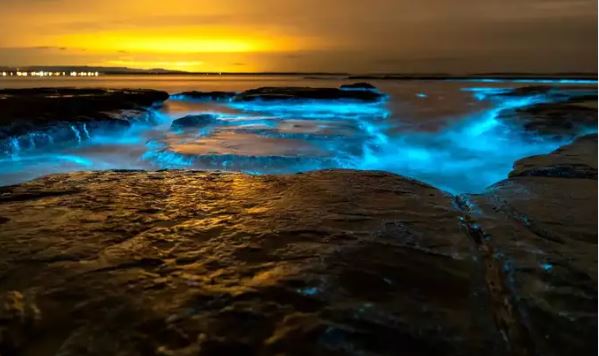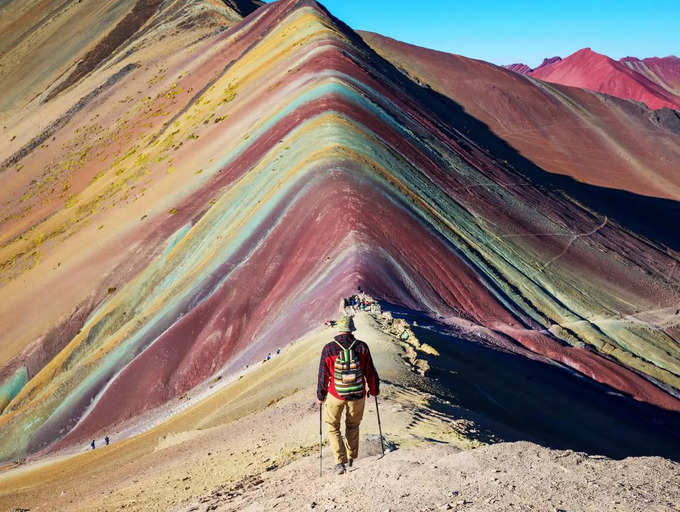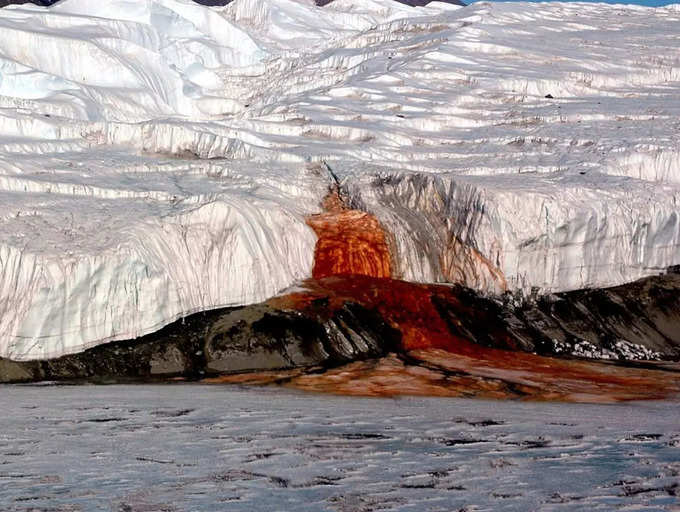
Nature’s repertoire is vast and diverse, filled with an array of breathtaking phenomena that continually astonish and inspire us.
From the dazzling spectacle of the aurora to mysterious phenomena like moving rocks, our planet is adorned with wonders that defy explanation and leave us spellbound.
These natural marvels, each with its own unique charm and allure, beckon us to explore and marvel at the beauty of the world around us.
In this article, we will take a look at seven of the most extraordinary natural phenomena found across the globe, promising unforgettable experiences and moments of wonder that will stay with us for a lifetime.
1. Aurora Borealis and Australis

The aurora, also known as the northern and southern lights, is a spectacular display of green, purple, blue, and red lights that dance across the sky. The aurora is caused by the interaction of charged particles from the sun with the Earth’s magnetic field and atmosphere. The aurora is most visible in the polar regions, where the magnetic field is strongest and the nights are long and dark. The best time to see the aurora is during the winter months, when solar activity is high and the sky is clear.
2. Bioluminescence

Bioluminescence is the emission of light by living organisms, such as bacteria, fungi, algae, plankton, fish, and insects. Bioluminescence can be seen in various places around the world, such as the glowing waves of the Maldives, the blue fireflies of Japan, the neon mushrooms of Brazil, and the sparkling plankton of Australia. Bioluminescence is usually a result of a chemical reaction that produces energy and light, and it can serve different purposes, such as attracting mates, luring prey, or escaping predators.
3. Volcanic lightning
Volcanic lightning, also known as a dirty thunderstorm, is a rare and spectacular phenomenon that occurs during some volcanic eruptions. Volcanic lightning is caused by the friction and collision of ash, dust, and gas particles that are ejected from the volcano. The electric charge that builds up in the volcanic plume creates flashes of lightning that can be seen inside or around the ash cloud. Volcanic lightning can be very powerful and dangerous, as it can trigger forest fires, damage buildings, and harm wildlife.
4. Rainbow mountains

Rainbow mountains are mountains that have multicolored stripes or patterns on their slopes, creating a stunning visual effect. Rainbow mountains can be found in different parts of the world, such as China, Peru, Iran, and Argentina. Rainbow mountains are formed by different geological processes, such as sedimentation, erosion, oxidation, and mineralization, that create layers of different colors and textures. Rainbow mountains are best seen during sunrise or sunset, when the sunlight enhances their hues and contrasts.
5. Sailing stones

Sailing stones, also known as sliding rocks or moving rocks, are rocks that move across the surface of a dry lake bed, leaving behind trails of their movement. Sailing stones can be found in places like Death Valley in California, Racetrack Playa in Nevada, and Altiplano in Bolivia. Sailing stones are a mystery that has puzzled scientists for decades, as no one has ever seen them move. The most accepted explanation is that the rocks are pushed by thin sheets of ice that form on the lake bed during cold nights, and are driven by the wind during the day.
6. Fire rainbows

Fire rainbows, also known as circumhorizontal arcs, are optical illusions that create the appearance of a rainbow-colored flame in the sky. Fire rainbows are caused by the refraction of sunlight through ice crystals in high-altitude cirrus clouds. Fire rainbows are very rare and fleeting, as they require a specific combination of conditions, such as the sun being at least 58 degrees above the horizon, the clouds being at the right angle and position, and the observer being in the right location. Fire rainbows are most likely to occur in the summer months, in the mid-latitudes of the northern and southern hemispheres.
7. Blood falls

Blood Falls is a striking natural phenomenon situated in Antarctica, where a waterfall of blood-red liquid flows from the Taylor Glacier. Unveiled to the world by Australian explorer Griffith Taylor in 1911, its crimson hue initially led to speculation of algae presence. However, subsequent studies unveiled a different truth: the vivid red liquid is, in fact, a brine abundant in iron and salt. Originating from a subglacial lake isolated for millions of years, the iron within the brine reacts with atmospheric oxygen, imparting a rust-like color that intricately stains the surrounding ice.

